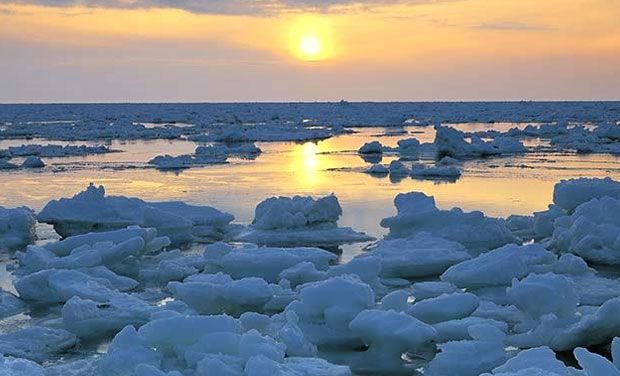
Washington: Scientists have revealed that on 19 September 2014, the five-day average of Antarctic sea ice extent exceeded 20 million square kilometers for the first time since 1979.
According to National Snow and Ice Data Center, sea ice surrounding Antarctica reached a new record high extent this year, covering more of the southern oceans than it has since scientists began a long-term satellite record to map sea ice extent in the late 1970s. The upward trend in the Antarctic, however, is only about a third of the magnitude of the rapid loss of sea ice in the Arctic Ocean.
NASA researcher Claire Parkinson said that the new Antarctic sea ice record reflects the diversity and complexity of Earth’s environments and just as the temperatures in some regions of the planet are colder than average, even in our warming world, Antarctic sea ice has been increasing and bucking the overall trend of ice loss.
Parkinson said that the planet as a whole is doing what was expected in terms of warming. Sea ice as a whole is decreasing as expected, but just like with global warming, not every location with sea ice will have a downward trend in ice extent.
Since the late 1970s, the Arctic has lost an average of 20,800 square miles (53,900 square kilometers) of ice a year; the Antarctic has gained an average of 7,300 square miles (18,900 sq km). On Sept. 19 this year, for the first time ever since 1979, Antarctic sea ice extent exceeded 7.72 million square miles (20 million square kilometers), according to the National Snow and Ice Data Center. The ice extent stayed above this benchmark extent for several days. The average maximum extent between 1981 and 2010 was 7.23 million square miles (18.72 million square kilometers).
The single-day maximum extent this year was reached on Sept. 20, according to NSIDC data, when the sea ice covered 7.78 million square miles (20.14 million square kilometers). This year’s five-day average maximum was reached on Sept. 22, when sea ice covered 7.76 million square miles (20.11 million square kilometers), according to NSIDC.


